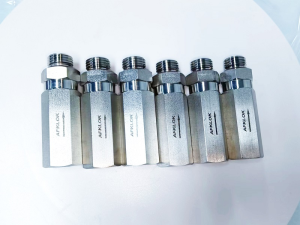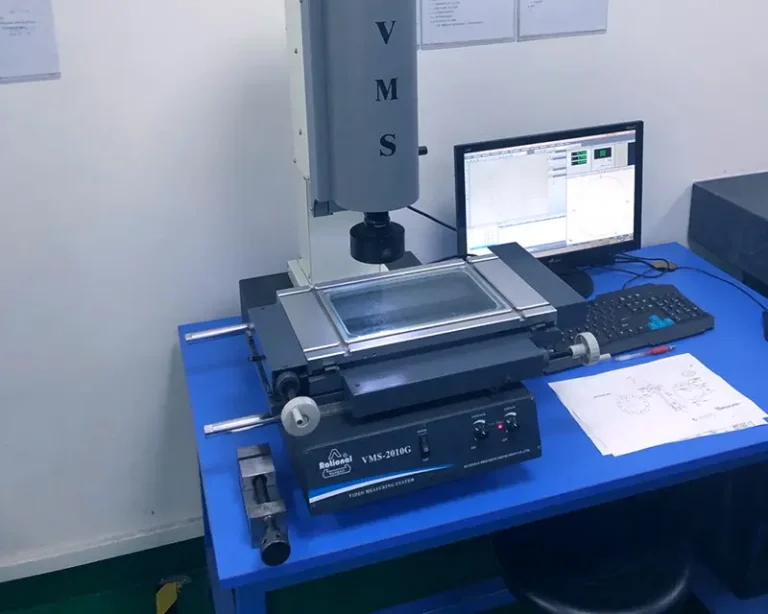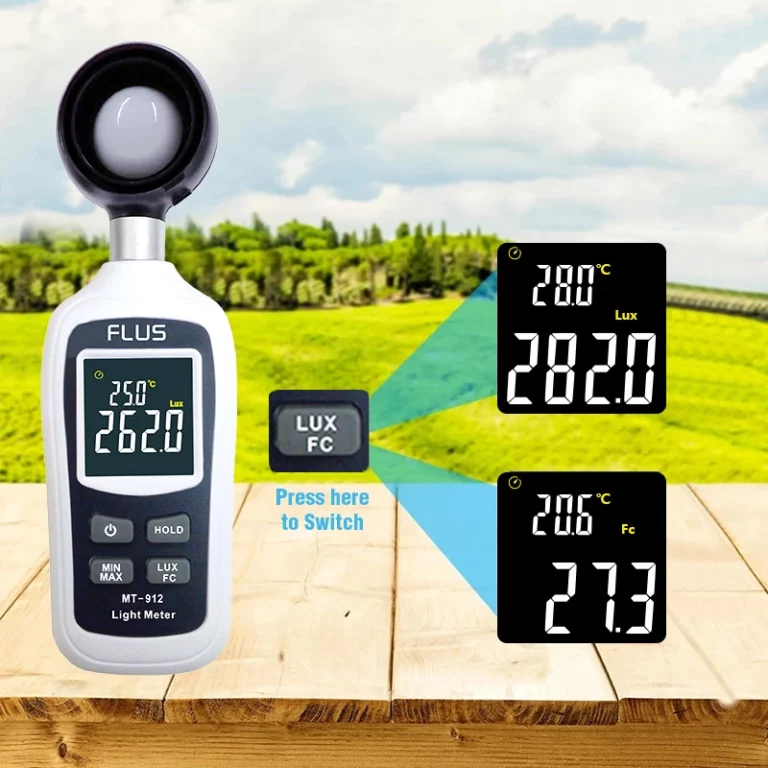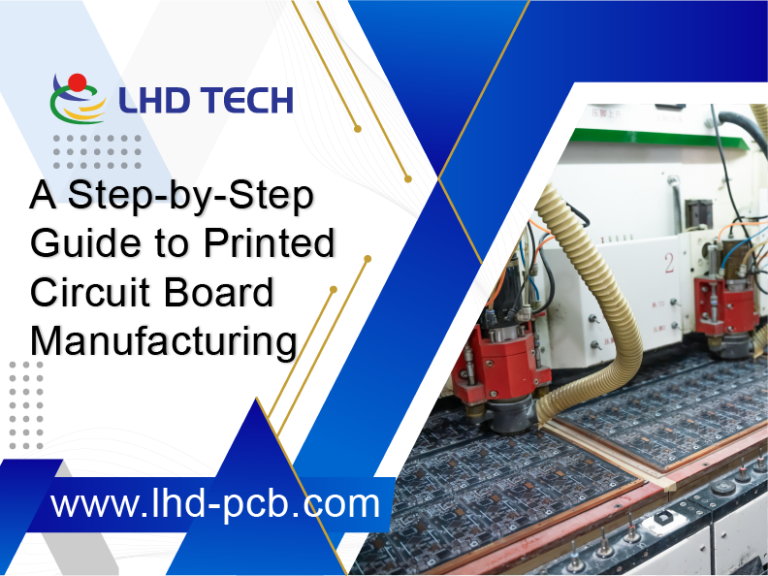目录
ToggleDefinition
Spring-loaded check valves, also known as spring-assisted check valves, are a type of valve designed to prevent the reverse flow of fluids in a piping system. They consist of a valve body, a valve disc, a spring, and an operating mechanism. When the fluid flows in the forward direction, the pressure compresses the spring, allowing the valve disc to open. Conversely, when the fluid flow stops or reverses, the spring force causes the valve disc to close, preventing backflow.

Working Principle
The operation of a spring-loaded check valve is based on the balance between the fluid pressure and the spring force. When the fluid pressure exceeds the pre-set spring force, the valve disc opens, allowing fluid to pass through. If the fluid pressure drops below the spring force, the valve disc closes, preventing the fluid from flowing backward.
Features
Spring-loaded check valves offer several key features:
– Fast Closing Speed: Due to the short closing stroke of the disc and the spring loading, the valve can close quickly, minimizing the risk of water hammer and damage to the system.
– Compact Design: These valves are typically small and lightweight, making them easy to install and handle.
– Sensitive Action: They respond quickly to changes in fluid pressure, ensuring reliable operation.
– Reliable Sealing: The spring-assisted mechanism ensures a tight seal, preventing leaks and backflow.
– Versatile Installation: They can be installed horizontally or vertically, offering flexibility in system design.
– Broad Media Compatibility: They are suitable for a wide range of media, including water, steam, oil, nitric acid, acetic acid, and strong oxidizing mediums.
-Outstanding production technology: Orbital Welding Techniques meeting the stringent requirements of precision instrument valves. The consistency and excellence of our welds are unmatched, ensuring your systems perform optimally under various conditions.
-Electrolytic polishing (EP): The process can change the surface state, including reducing roughness and improving corrosion resistance. High polishing efficiency, good quality, and high gloss can be thrown in a few minutes. The deformation dislocation on the metal surface can be dissolved first, and the holes accumulate equipotential tissue, thus obtaining an equipotential surface, which greatly improves the corrosion resistance of stainless steel.
Advantages of Stainless Steel Spring-Loaded Check Valves
Stainless steel spring-loaded check valves, particularly those made of 316/316L stainless steel, offer several advantages:
– Excellent Stability and Corrosion Resistance: Stainless steel 316/316L is highly resistant to corrosion and stable in various environments, making it suitable for aggressive media and harsh conditions.
– Longevity: The corrosion resistance of stainless steel ensures a longer service life compared to other materials.
– High Pressure and Temperature Ratings: Stainless steel valves can handle higher pressures and temperatures, making them suitable for a wider range of applications.
– Low Maintenance: Stainless steel valves require minimal maintenance due to their robust construction and corrosion resistance.
-Controllable surface roughness: Wofly’s EP-grade product Surface roughness reached Ra 0.13 um, and BA-grade product Surface roughness reached Ra 0.25 um. BA-grade products can be applied to gases below 6N purity, and EP-grade products can be applied to 9N purity gases.
0








